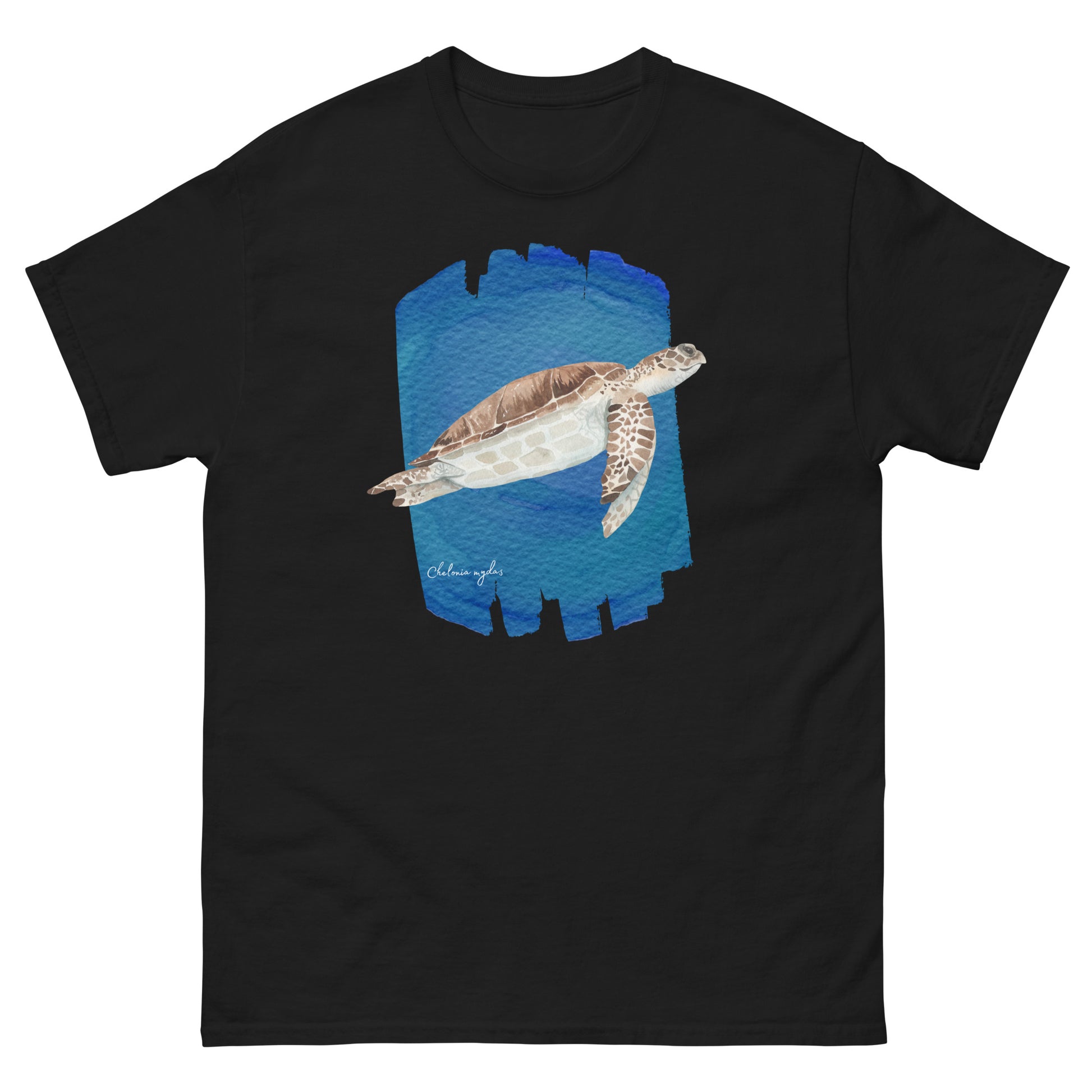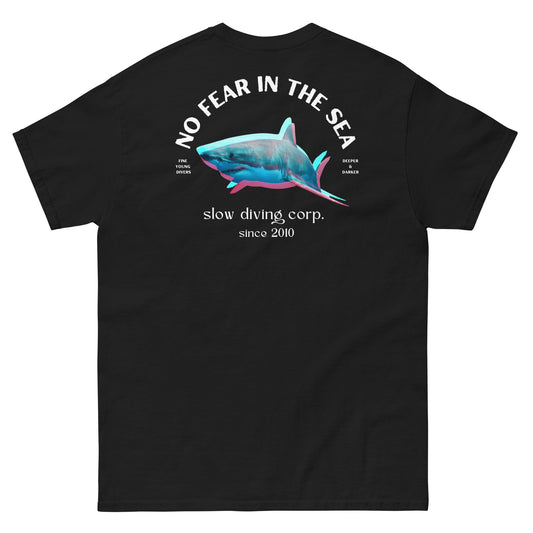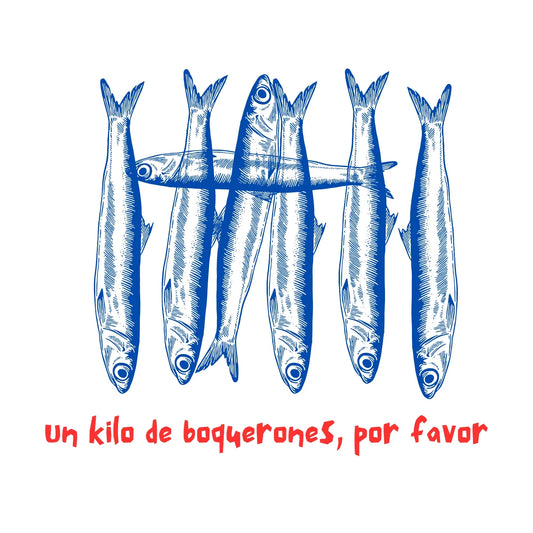The leatherback lurtle (Dermochelys coriacea) is the largest sea turtle in the world, with the largest recorded specimen weighing 916 kilograms, but their average weight is between 300 and 600 kilograms with a length of 1.6 meters. The leatherback lurtle, the only living species of the genus Dermochelys, is easily identified by its hydrodynamic large shell with a teardrop shape.
The color of the leatherback turtle is dark with white and pink spots, and females can be distinguished from males by their larger size and a characteristic pink patch on the top of their heads. In addition to their sheer size, leatherbacks are easily identified by the narrow ridges that run down the length of their carapace and their large front flippers, which can grow up to 2 meters in length. Their exact lifespan is unknown as males never return to the beach as they spend their entire lives at sea, but they are believed to live up to 80 years.

Leatherback sea turtle nesting. Pic by rustinpc
Vital to the health and balance of the ocean
T-shirts and Hoodies for Turtle Lovers
SEE MORE TURTLE T-SHIRTS AND HOODIES
Leatherbacks can be submerged for 30 to 70 minutes, but typically surface to breathe every 3 to 8 minutes. Adult leatherbacks feed primarily on jellyfish, which are an extraordinary natural remedy for plagues of these animals; they can eat hundreds of jellyfish a day.
A unique feature of these turtles is that they can live in cold water and dive as deep as 1,000 meters in search of food. These turtles hunt jellyfish by diving in deeper water during the day and following their tracks in shallower water at night. This strategy often takes the turtles into very cold waters.
Leatherback turtles are important to the balance and health of the ecosystem for several reasons. Their primary role in this balance is through their diet. Leatherbacks are one of the few animals that can eat jellyfish, and scientists continue to study how a turtle that feeds almost exclusively on jellyfish can weigh up to 600 kilograms.
Leatherback sea turtle feeding on jellyfish
Scientists are still investigating how a sea turtle that feeds almost exclusively on jellyfish can grow to weigh up to 600 kilograms. By tracking leatherback sea turtles off the east coast of Canada, scientists have found that these sea turtles have a preference for larger species of jellyfish, such as the lion's mane jellyfish, and can eat two of these jellyfish, completely, every minute. The physical wear and tear on the turtle during the hunt is minimal: the mouth and throat of the leatherback turtle is filled with hundreds of hooks and spikes that, once the jellyfish is caught by the tip of the turtle, make the scape impossible to remove.
 The spikes in the mouth of the leatherback turtle prevent prey from escaping
The spikes in the mouth of the leatherback turtle prevent prey from escaping
Leatherbacks are found primarily in the open ocean and can migrate up to 20,000 km in 647 days, but typically migrate about 7,000 km over several months.
Leatherback turtles nesting
Like all sea turtles, leatherbacks leave the sand of their nesting beaches and head out to sea immediately after hatching, where they face many predators. This is the most dangerous time of their lives. Ghost crabs, lizards, raccoons, coyotes, genets, mongooses, and shorebirds are the top predators at this stage.

Leatherback sea turtle nesting map. In red main nesting areas. Source wikipedia
To nest, female leatherback turtles come out onto the beach at night to lay their eggs. They use their hind flippers to dig deep, boot-shaped nests in which they lay about 100 eggs. While other sea turtle species almost always return to their nesting beach, leatherbacks may choose a nearby beach.
Over the past 30 years, the number of Western Pacific leatherback turtles has declined by 78 percent, seriously threatening the survival of this species. Threats to adult leatherback turtles include drift nets that trap and suffocate the turtles, fishing lines, or hunting for their meat on nesting beaches. The eggs of these turtles also suffer from human depredation, as in some areas of Malaysia where they are considered a delicacy, the increase in beach temperatures or the introduction of pigs, boars and dogs to the beaches where they nest.























